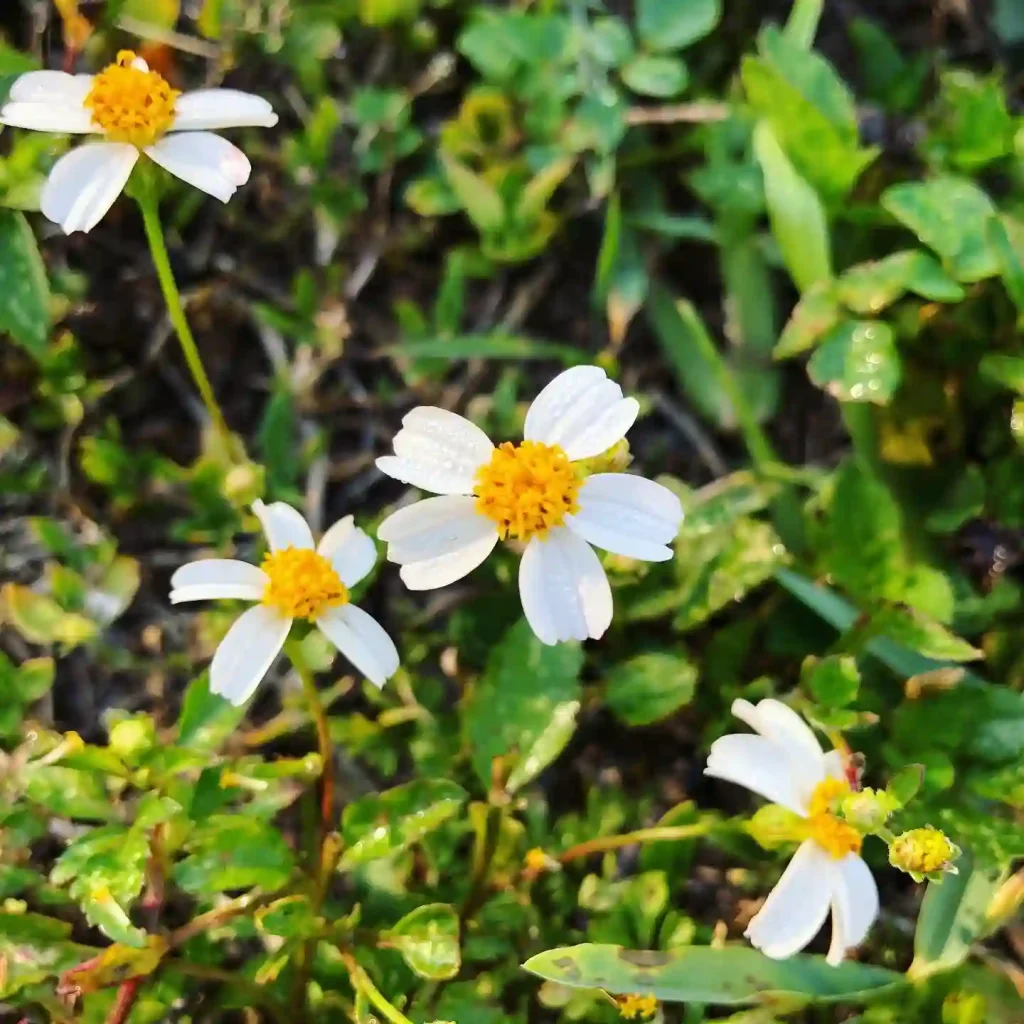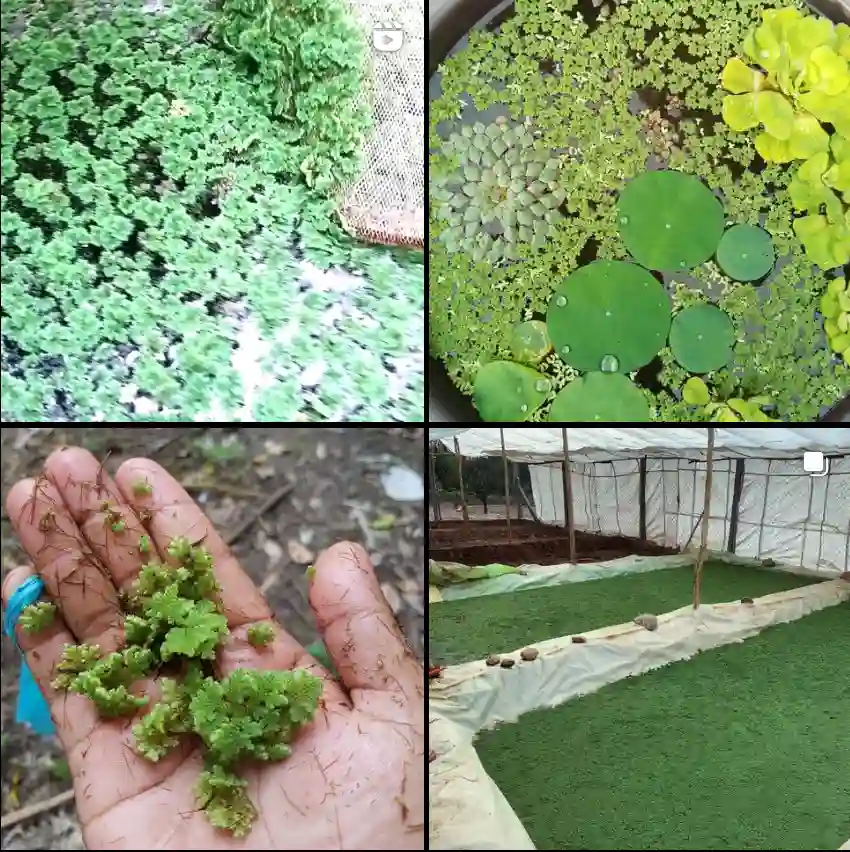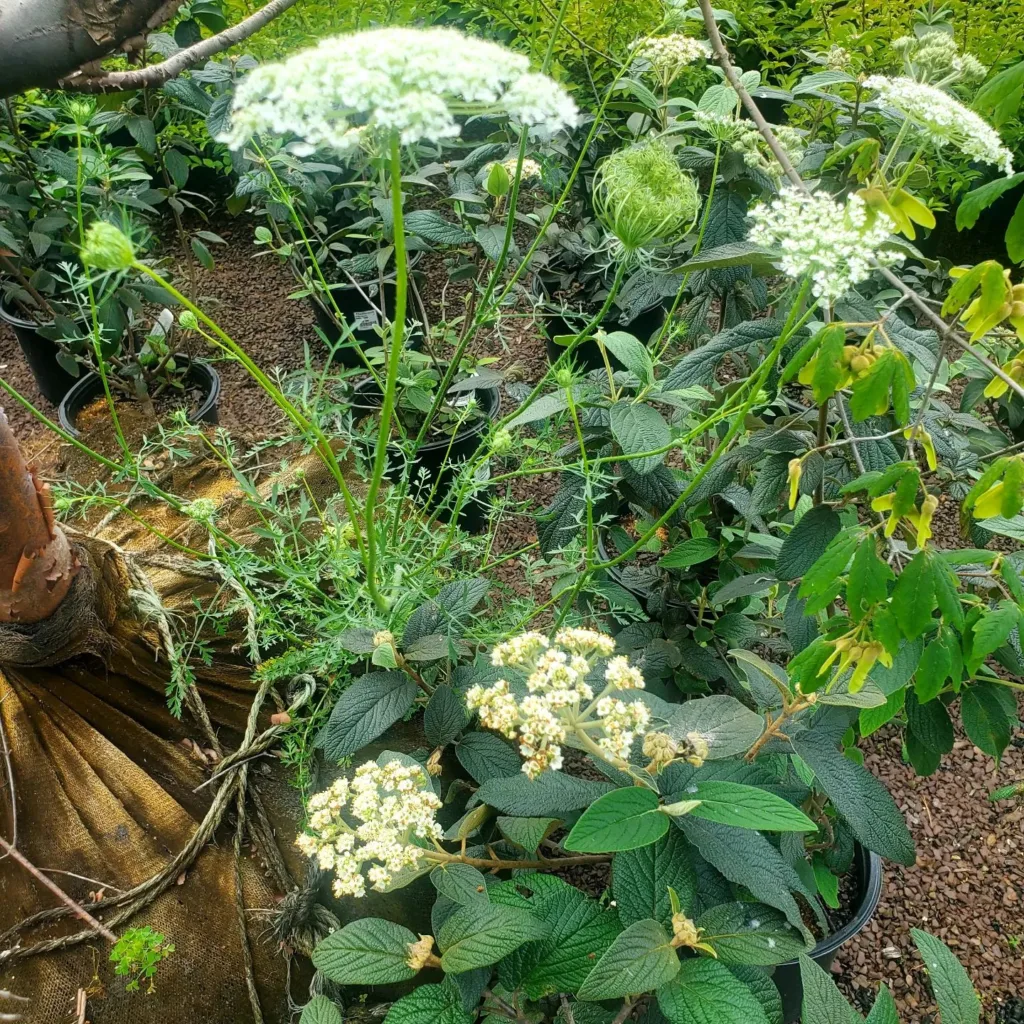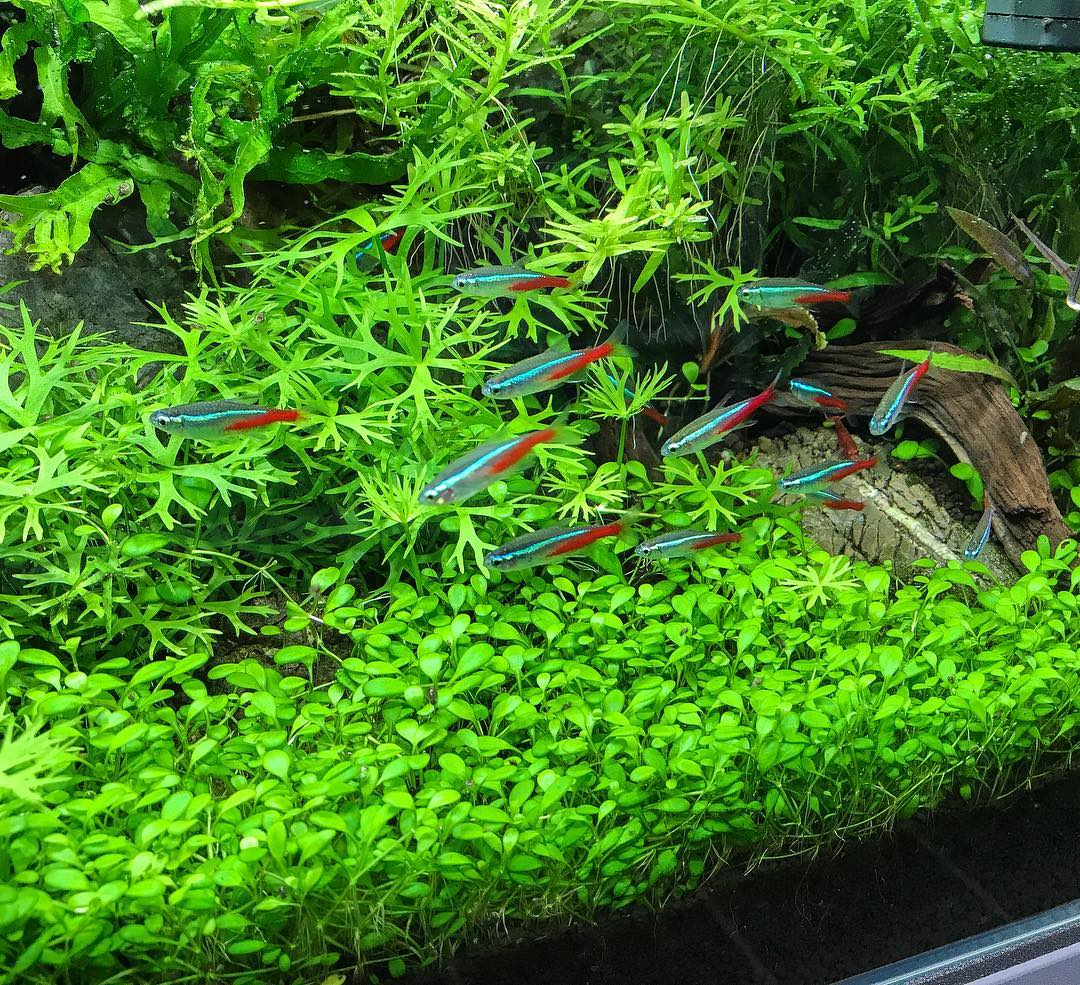FAQs About Cistus Salviifolius
Cistus Salviifolius, commonly known as Sage-leaved Cistus, is a fantastic addition to any garden. As a plant enthusiast, I’ve gathered a lot of information about this resilient, drought-tolerant species. Here, I’ll share some frequently asked questions and personal insights into caring for and enjoying Cistus Salviifolius.
67 Species in Genus Cistus
What is Cistus Salviifolius?
Cistus Salviifolius is a perennial shrub native to the Mediterranean region. With its beautiful, aromatic foliage resembling that of sage, this plant adds a lovely texture to gardens. The flowers are striking, typically white or pale pink, blooming in late spring to early summer. This plant thrives in dry, rocky soils and is excellent for xeriscaping, making it ideal for drought-prone areas.
How to Care for Cistus Salviifolius?
Cistus Salviifolius is quite low-maintenance, which is one of the reasons I love it. Here are some key care tips:
- Sunlight: Place it in a sunny spot where it can receive full sun for at least six hours a day. This ensures robust growth and abundant flowers.
- Soil: It prefers well-drained, sandy soil. While it can tolerate poor soil conditions, I’ve noticed it flourishes in slightly alkaline environments.
- Watering: Watering is crucial, especially during the initial establishment phase. After that, it’s drought-tolerant. I only water mine occasionally during prolonged dry spells.
- Pruning: Prune in late winter to maintain shape and remove any dead or damaged branches. This encourages bushier growth and more blooms.
How to Propagate Cistus Salviifolius?
Propagating Cistus Salviifolius can be done through cuttings or seeds. Here’s how I usually do it:
- Cuttings: Take semi-hardwood cuttings in late spring or early summer. Dip the cut end in rooting hormone and plant it in a mix of sand and peat. Keep it moist but not soggy, and roots should develop in a few weeks.
- Seeds: If you prefer seeds, collect them after the flowers have faded. Soak them in water for a day before planting to improve germination rates. Plant in well-draining soil, and keep them moist until they sprout.
What to Plant with Cistus Salviifolius?
When considering companion plants, I’ve found that Cistus Salviifolius pairs well with other drought-tolerant species. Here are a few recommendations:
- Lavender: Both thrive in similar conditions and their fragrances complement each other beautifully.
- Sedum: These succulent plants add contrast and retain moisture, which is beneficial in rocky gardens.
- Thyme: Ground cover like creeping thyme works well, helping to suppress weeds while enjoying similar sunlight and watering needs.
Is Cistus Salviifolius Toxic?
Cistus Salviifolius is non-toxic, making it a safe choice for gardens with pets or children. I always appreciate plants that can coexist safely in my landscape, and this one fits the bill perfectly.
Benefits of Cistus Salviifolius
The benefits of adding Cistus Salviifolius to your garden extend beyond aesthetics:
- Drought Resistance: Its ability to thrive in dry conditions means less water usage, which is great for eco-friendly gardening.
- Pollinator Friendly: The flowers attract bees and butterflies, contributing to local biodiversity.
- Aesthetic Appeal: The aromatic leaves and lovely blooms enhance the visual and sensory aspects of my garden.
Common Problems with Cistus Salviifolius
Despite being hardy, Cistus Salviifolius can face some challenges:
- Root Rot: This occurs in overly wet conditions. To prevent it, ensure good drainage and avoid excessive watering.
- Pests: Occasionally, I’ve noticed aphids or spider mites. A simple wash with water or an insecticidal soap typically resolves these issues.
Compare with Similar Plants
Cistus Salviifolius is often confused with Cistus Incanus and Cistus Ladanifer. While they share some characteristics, here are key differences:
- Cistus Incanus: This species has more vibrant pink flowers and is often taller. It prefers slightly more moisture than Cistus Salviifolius.
- Cistus Ladanifer: Known for its larger flowers, Cistus Ladanifer can grow quite tall, reaching over six feet. It’s more suited for moderate climates, while Cistus Salviifolius is more drought-tolerant.
Conclusion
In conclusion, Cistus Salviifolius is a beautiful and resilient plant that brings charm to any garden. With proper care, propagation, and companion planting, it can thrive and enhance the biodiversity of your outdoor space. I hope these FAQs help you appreciate this stunning shrub as much as I do!
If i die, water my plants!



